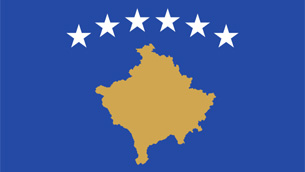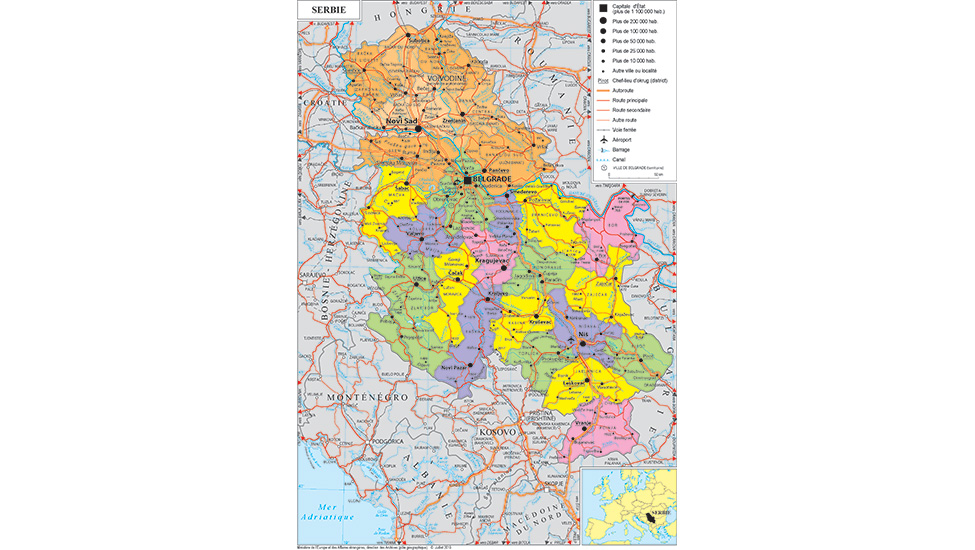
Geography
Area : 77,474 km²
Borders : 2,322 km (Bosnia and Herzegovina 345 km, Bulgaria 344 km, Croatia 314 km, Hungary 164 km, Kosovo 366 km, Macedonia 101 km, Montenegro 157 km, Romania 531 km)
Capital : Belgrade
Official language : Serbian
Source : Eurostat, The CIA World Factbook
Flag
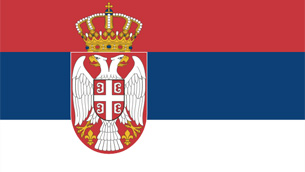
Population
Population : 6,653,212 (2024 est.)
Crude natural change rate : -6.1‰ (2024 est.)
Population repartition: 14.4% under 15 years, 20% over 65 years (2024)
Crude net migration rate: 0‰ (2024)
First time asylum applicants: 344 (2023)
Life expectancy: men 72.7 years, women 78.1 years (2024 est.)
Religions: Orthodox 84.6%, Catholic 5%, Muslim 3.1%, Protestant 1%, Atheist 1.1%, Other 0.8%, unspecified or unknown 4.5% (2011 est.)
Ethnic groups: Serbs 83.3%, Hungarians 3.5%, Roma 2.1%, Bosnians 2%, others 5.7%, undeclared or unknown 3.4% (2011 est.) The majority of ethnic Albanians boycotted the 2011 census.
Source : Eurostat, The CIA World Factbook
Economy
Currency: Serbian Dinar (RSD) (exchange rate in June 2025: €1 = RSD 117)
GDP: €82,320.6 million (2024)
GDP per capita (PPS): €8,900 (2024)
GDP growth : 9.1% (2024)
Inflation: 3.8% (May 2025)
Public debt: 47.2% of GDP (December 2024)
Unemployment: 8.2% (March 2025)
Stock of foreign direct investment from the entire world: 6.5% of GDP (2023)
Budget balance: -2.2% of GDP (December 2024)
Source : Eurostat, IMF, XE, Trading Economics, DG Trésor
Political system
Republic, parliamentary democracy
Head of State Aleksandar Vučić (Serbian Progressive Party, SNS) was re-elected on 3rd April 2022 for 5 years.
Prime Minister Following the resignation of the Prime Minister Miloš Vučević, on 28th January 2025, Djuro Macut, a doctor unknow in politics, was appointed to head a new government presented by the president Aleksandar Vučić, as a compromise figure.
The National Assembly (Narodna skupština Republike Srbije) is composed of 250 representatives elected for four years through direct universal suffrage.
Political representation
Composition of the National Assembly since December 2023 :
- 112 seats SNSDS (Coalition Serbia Must Not Stop, around the SNS, Serbian Progressive Party)
- 14 seats SSP (Party of Freedom and Justice, social democrat)
- 13 seats SPS (Socialist Party of Serbia)
- 13 seats NPS-NLS (People's Movement of Serbia - The New Face of Serbia, conservative)
- 13 seats NADA (National Democratic Alternative)
- 10 seats ZLF (Green-Left Front, environmentalist)
- 9 seats SRCE (Centre of Serbia)
- 8 seats DS (Democratic Party, social-democrat)
- 6 seats MI-GIN (We - People's Voice, populist)
- 6 seats MI-SN (We - People's Power, populist)
- 6 seats PSG-SDAS-PDD (Free Citizens Movement - Sandžak Democratic Action Party - Democratic Action Party)
- 6 seats PUPS-SP (Party of Pensioners, Peasants and Proletarians of Serbia - Solidarity and Justice)
- 6 seats VMSZ/SVM (Alliance of Magyars of Vojvodina)
- 6 seats SDPS (Social Democratic Party of Serbia)
- 6 seats ZS-RS-USS (Holy Serbia - Russian Party - United Peasants Party)
- 6 seats independents
- 5 seats JS (United Serbia, populist)
- 5 seats EU (Ecological Uprising)
Relations with the EU
- A Stabilisation and Association Agreement (SAA) was signed on 29 April 2008, with its application subject to Serbia's full cooperation with the International Criminal Tribunal for the former Yugoslavia (ICTY). Visa liberalisation was granted by the EU on 19 December 2009. Serbia applied for EU membership on 22 December 2009 and was granted candidate country status by the European Council on 1 March 2012. On 1 September 2013, the SAA entered into force, followed by the opening of accession negotiations on 21 January 2014
- At present, 22 chapters are open for negotiation, two of which have already been provisionally closed. In May 2021, the Council agreed to apply the revised enlargement methodology to the accession negotiations with Serbia, with the aim of relaunching the accession process and strengthening its political aspect.
- The dialogue between Serbia and Kosovo, initiated in 2011 and facilitated by the EU, remains complicated despite the Brussels (2013) and Ohrid (2023) agreements.
Women's representations
- in the government: 10/31
- in the Parliament: 94/250
Next Elections:
On The Same Theme
Country Sheet
Country Sheet
Country Sheet
Country Sheet
Country Sheet
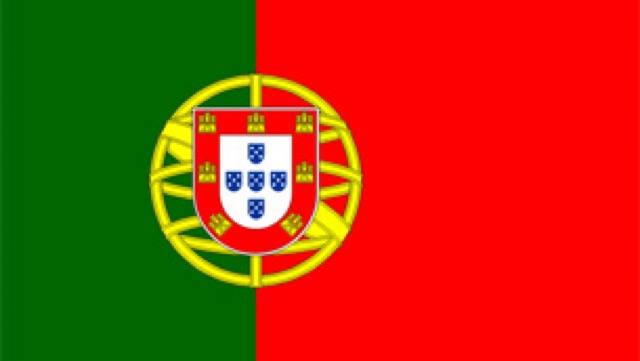
Country Sheet
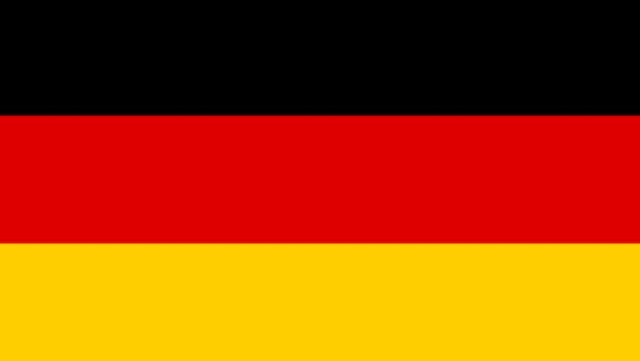
Country Sheet
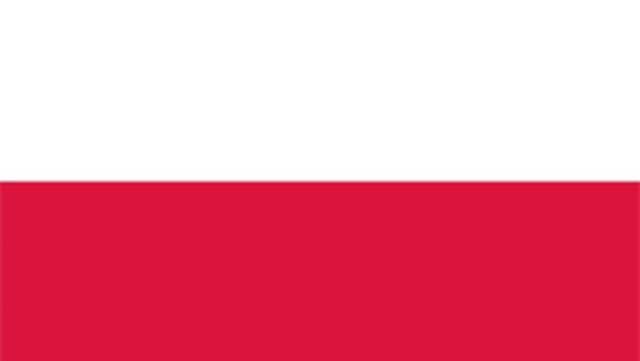
Country Sheet
